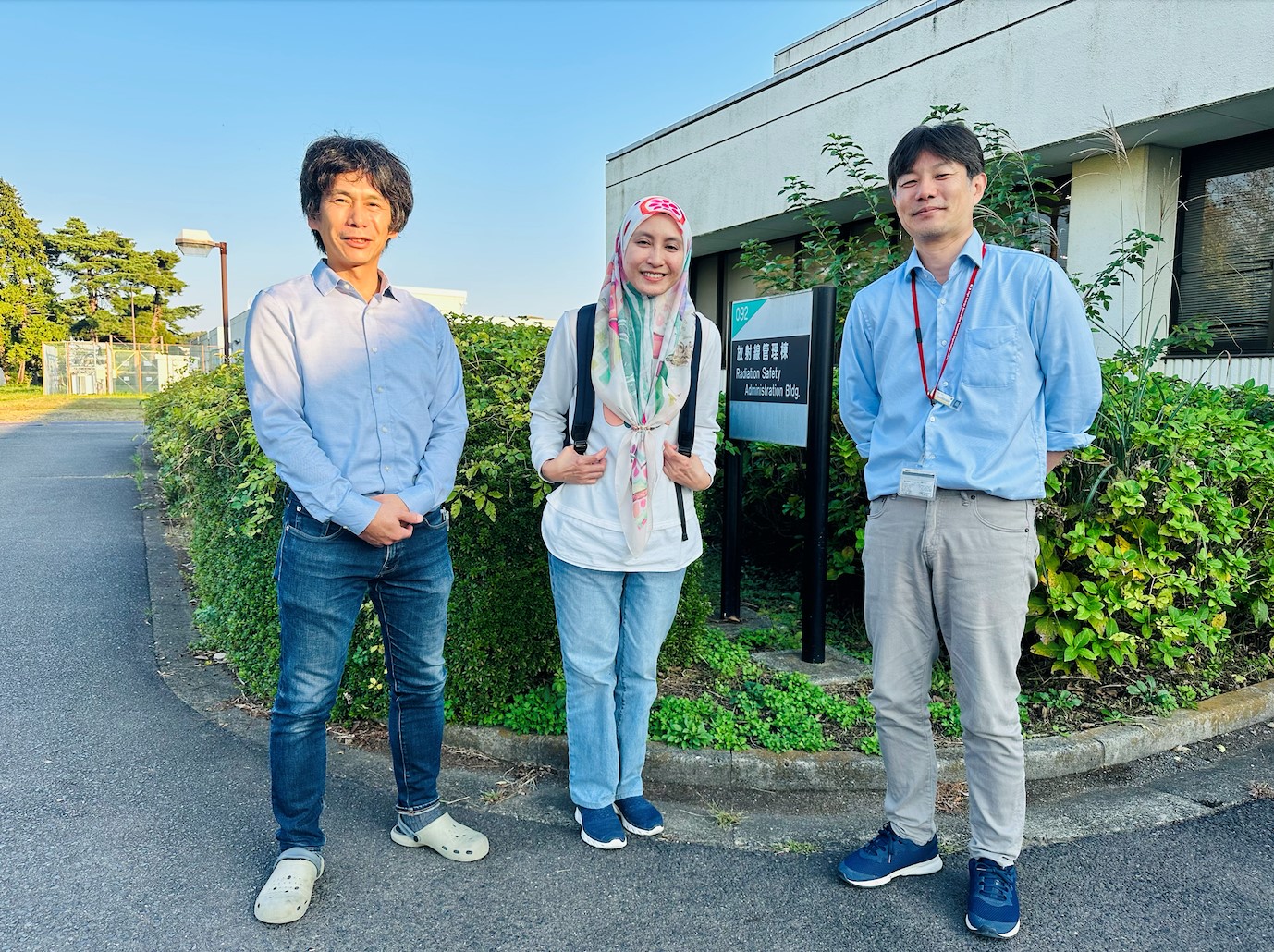International contribution to LHC luminosity upgrade using large-aperture superconducting dipole magnet
Successful development of 2 m model magnet and start of production of 7 m prototype magnet
At the LHC (Large Hadron Collider) at CERN (European Organization for Nuclear Research), which boasts the world's highest beam collision energy (13 TeV), scientists from Japan and all over the world gather to conduct experiments with the aim of making new discoveries that will unravel the mysteries of the birth of the universe. However, so far, no new phenomena that cannot be explained by existing theories have been discovered. To increase the likelihood of discovery, we need to increase the number of statistics and perform more precise measurements than we currently have. For this reason, a project has been launched to upgrade the LHC to high luminosity (High-Luminosity LHC, HL-LHC), which will increase the frequency of collisions between proton beams by more than 10 times the current level, and construction of the facilities has already begun (https:// hilumilhc.web.cern.ch).
In order to achieve this goal, it is necessary to dramatically improve the performance of the superconducting magnet system near the beam collision point (Figure 1), and not only CERN but also the world's leading research institutes are collaborating and sharing research and development. KEK is also playing a role in this effort, promoting the development of a large-aperture superconducting dipole magnet (D1) for HL-LHC beam separation.
The D1 superconducting magnet generates a magnetic field of 5.6 T within a diameter of 150 mm at a rated current of 12000 A, which produces an electromagnetic force of 150 tons per meter of coil. Even with such strong electromagnetic force, it is required to be able to operate stably for long periods of time while satisfying magnetic field accuracy of 1/10000 or less. It is also exposed to significant radiation (~30 MGy), so special materials with excellent radiation resistance had to be developed.
The research and development team led by the Cryogenics Science Center has so far designed and manufactured three 2 m model magnets (Figure 2) and evaluated their performance. Although there were some difficulties, we were able to confirm that the target performance was achieved (Figure 3).
As the next step, starting in 2020, we will work with manufacturers to begin manufacturing a 7 m demonstration magnet with the same length as the actual magnet (Figure 4). If all goes well, production of actual magnets is scheduled to begin in 2021.
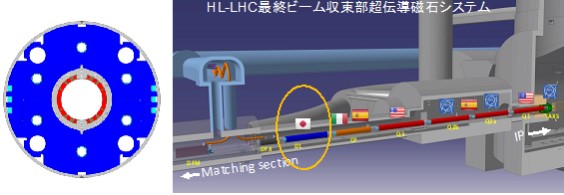
Figure 1: (Right) Cross-sectional view of the HL-LHC final beam focusing superconducting magnet system and (left) the large-aperture dipole superconducting magnet (D1) for beam separation, which is in charge of the Cryogenics Science Center.
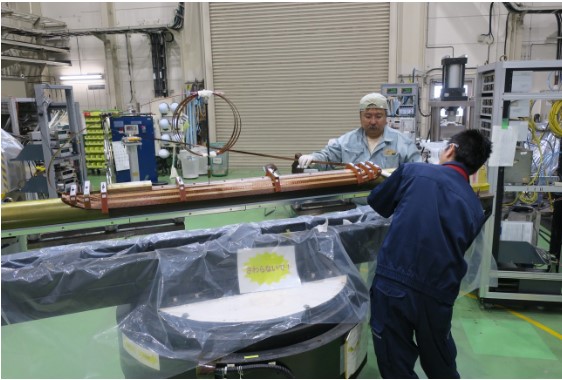
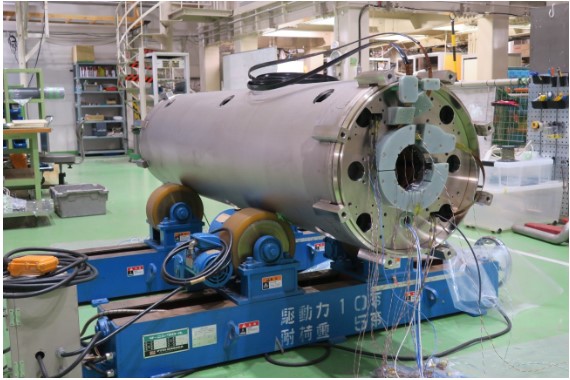
Figure 2 (Top) Superconducting coil being wound in-house and (Bottom) completed 2 m model magnet
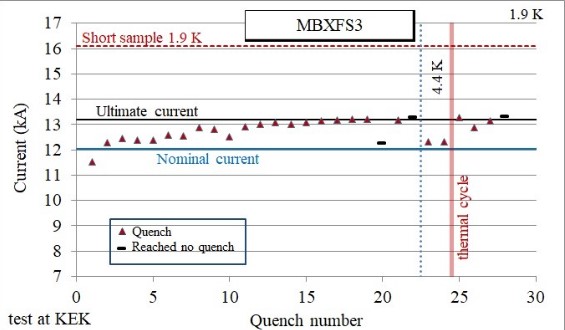
Figure 3 Training quench at 1.9 K for Model 3. We were able to reach the ultimate current, which is equivalent to 108% of the target rated current.

Figure 4 3D model of 7 m prototype magnet

